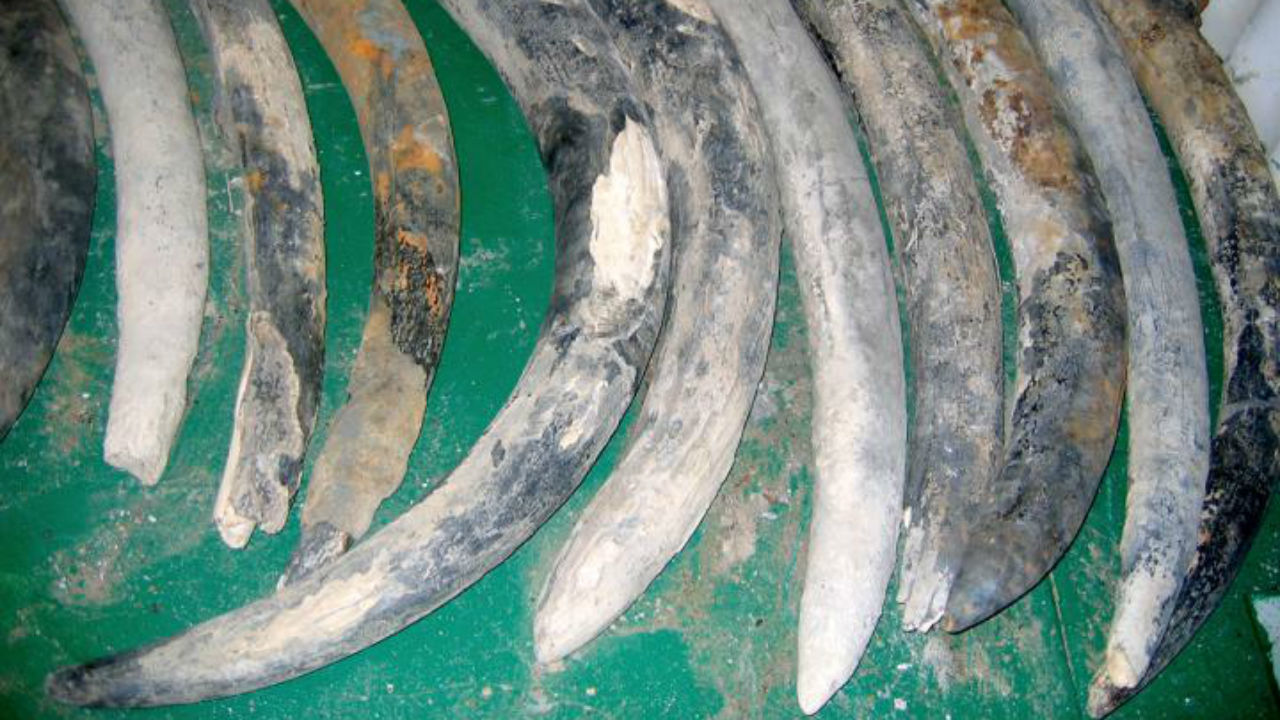DNA links elephant tusks from a 487-year-old shipwreck to their living relatives
4 Years, 3 Months, 3 Weeks, 5 Days, 1 Hour, 1 Minute ago

When a Portuguese trading ship sank off the coast of present-day Namibia in 1533, it took with it 40 tons of cargo, including more than 100 elephant tusks. Now, 12 years after the shipwreck was discovered, scientists are piecing together where these tusks came from, The New York Times reports. The cold waters off the coast of Namibia protected the ivory from degradation, leaving researchers with plenty of genetic material to work with. By extracting DNA from these well-preserved tusks, researchers determined that the ivory came from forest elephants from 17 distinct herds, the researchers report today in Current Biology. Forest elephants, along with their larger cousins that live in the savanna, have seen much of their habitat destroyed over the past 4 centuries. That and poaching, researchers say, may explain why only four of the family lineages match those of elephants alive today.